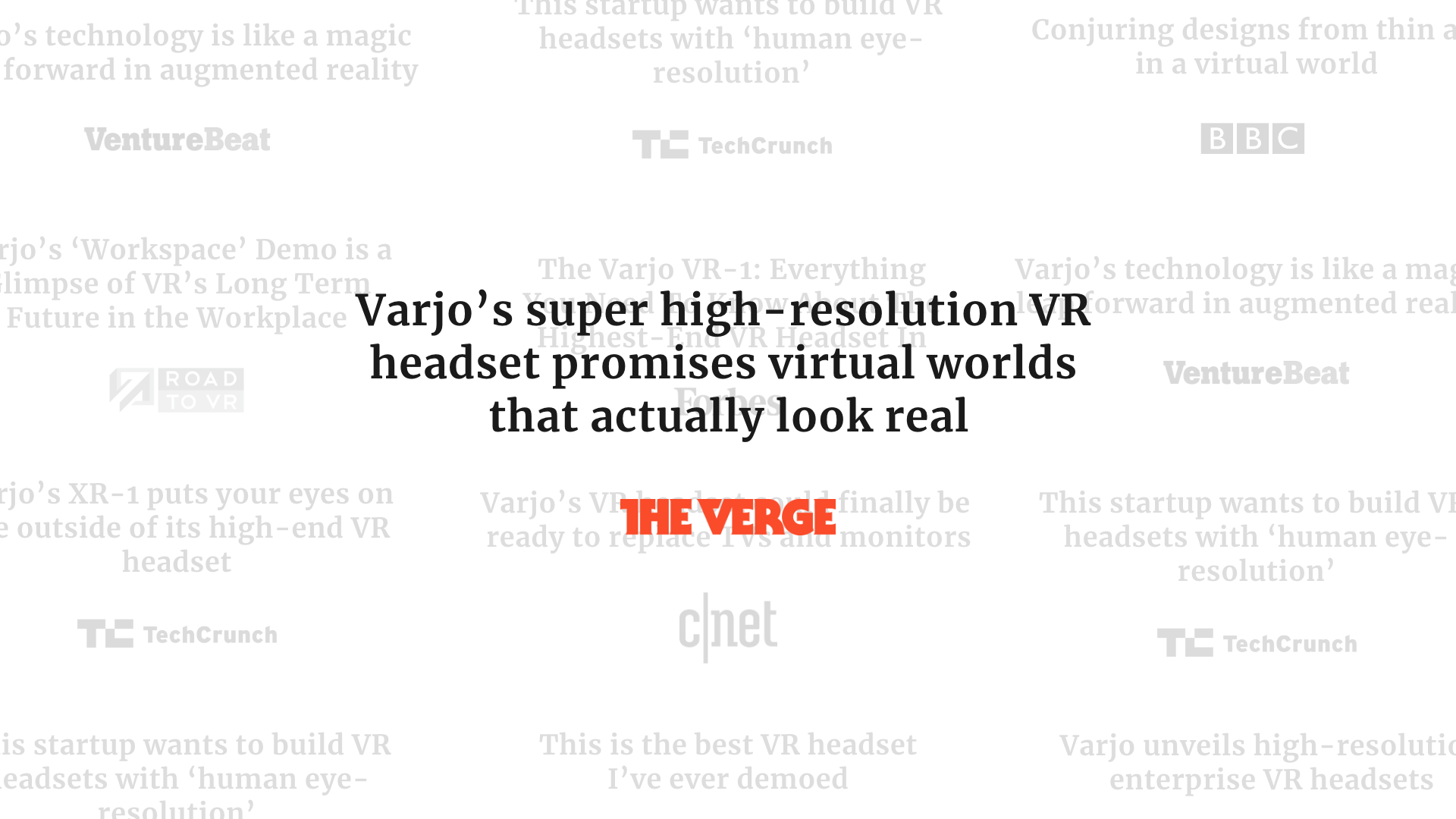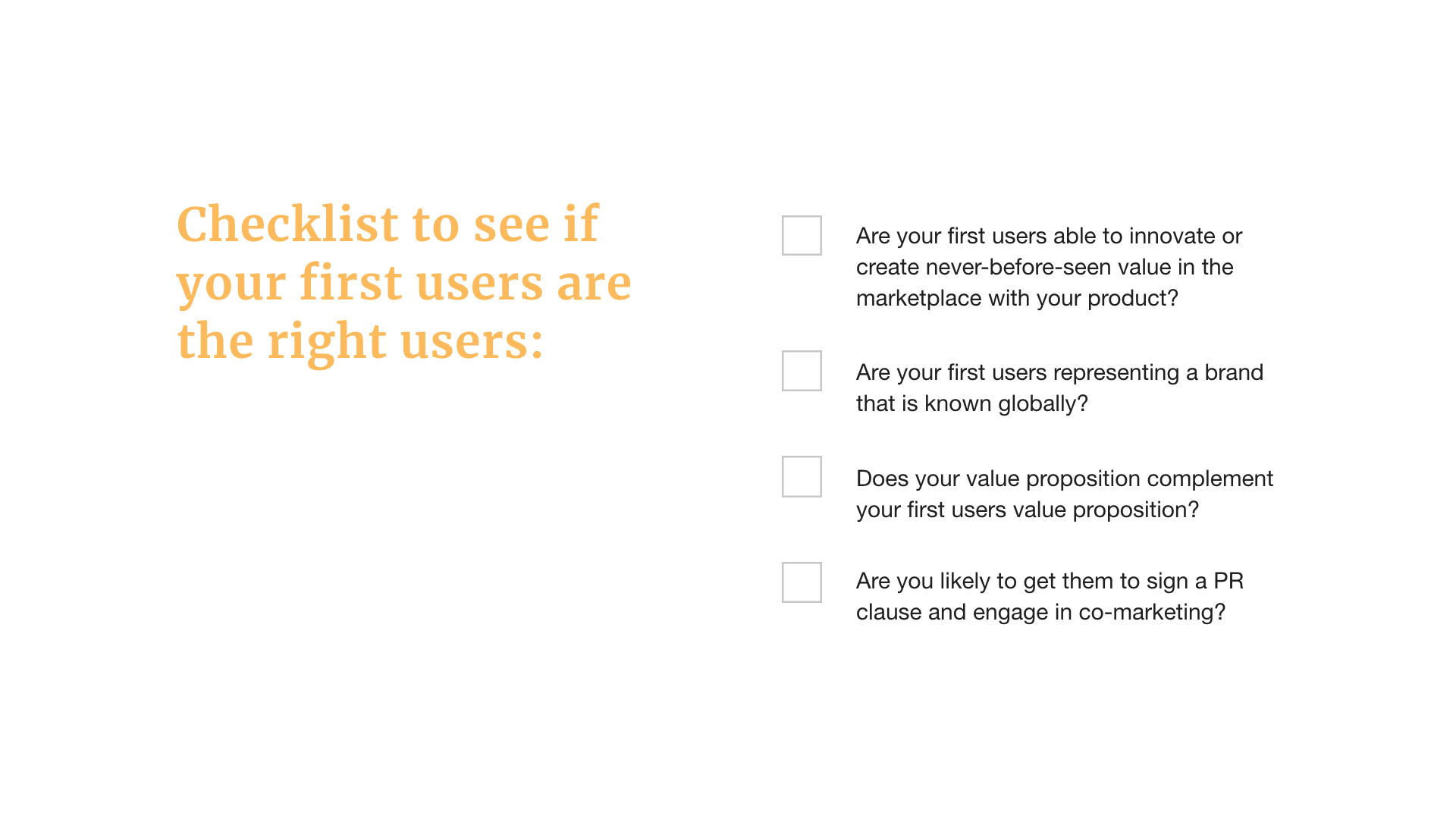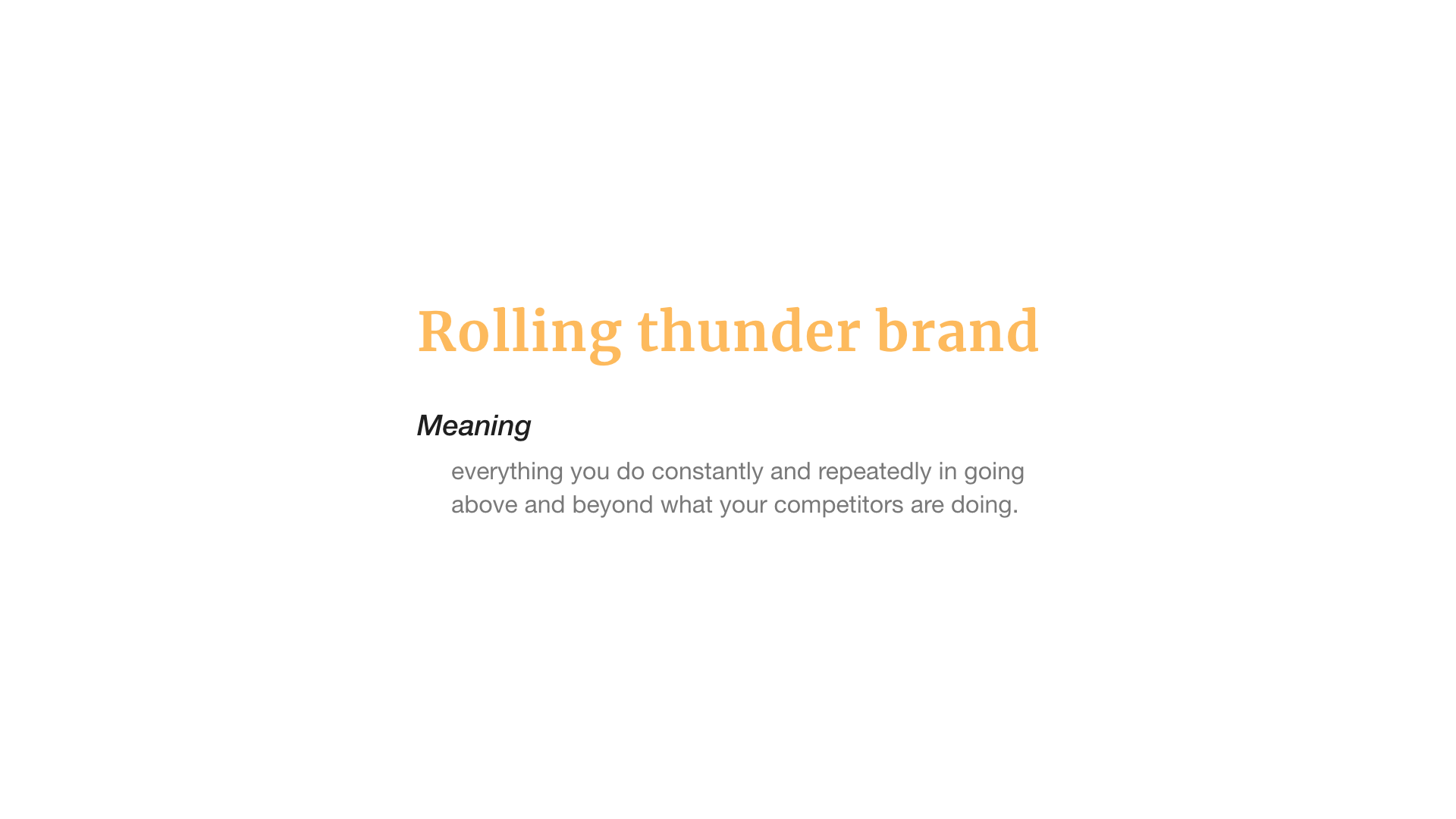Maria 01, Building 5, entrance B
Lapinlahdenkatu 16, 00180 Helsinki
Making history? lets@maki.vc
Press inquiries: press@maki.vc
Blog | Jan 31, 2020

Jussi Mäkinen is the CMO of Varjo, the company whose human-eye resolution VR and XR technologies shook the tech scene. Their VR and XR headsets were one of the most anticipated new technologies of the 21st century, making headlines and generating hundreds of articles way before the product was even launched.
One of the pivotal moments on any founders’ journey is going public with the product that they are building. Why this matters is simple: the more people take notice of your product, the easier it is to attract funding, talent, partners and ultimately do good business. But there’s a catch. You need to get people to talk about your product way before the product is ready — you need to create the future by communicating it. While some startups might afford the luxury of working in total secrecy for years, for most of us it’s the opposite. Balancing transparency and mystery is the way to make sure that everyone talks about your product.

This is also where one of the most common startup mistakes can be made — hiring marketing talent only after your product is ready or launched. As I’ve learned through my journey at Varjo and a few other startups I’ve worked with, the most important job for marketing in the very beginning of every successful product story is not about PR, lead creation or growth — it’s defining the product with an insanely good proposition, making sure the first users are the right users, and building a rolling thunder brand that evolves with the business. So to get everyone to talk about your product, here are a few things to help you along the way:
When a product is being built, the people building it must share the same vision. It’s a continuous challenge to make sure that everyone has the same idea and understanding of what the product is, what makes it useful, how it compares to other products, and who would use the product. Composing all of this into a memorable and inspiring value proposition is the first thing that can determine the amount of publicity you’ll get later on. If the value proposition doesn’t really inspire the team working on it, it surely won’t inspire the press, analysts or anyone else either.
A value proposition by default is simple, but making it work as a guiding light across different functions is not easy. You need to be able to define who the user is, what value your product delivers, what the user insights and problems are, and spin it out so that it inspires. A good value proposition acts as the glue between R&D, business and communications, and helps make tradeoffs in choosing product features, defining sales arguments and choosing communication tactics. Your value proposition is also the key document when briefing external agencies whether for branding or PR purposes.
So who owns the value proposition? The answer is of course the whole company, but marketing should take the lead. So if you don’t yet have a marketing pro on your team, you’ll want to recruit one — and when you do, this is the first job you’ll want to give them. I joined Varjo as CMO when we were only a team of 7 which enabled us to have branding on our agenda from the get-go.
At Varjo, when we were preparing to come out of stealth mode, this is how we presented our value proposition and the problem that we’re solving:
“The problem with virtual reality is the resolution, with technology inspired by human evolution, this is the beginning of a revolution.”
At this point, the product was a far cry from being ready: but the value proposition of human-eye resolution was solid and our small team was all-in creating a revolution with our human evolution -inspired Bionic Display. As we communicated this vision, we also began to carefully select our first users.
Even before the product is out, you need to have a solid vision of who you want your first users to be. This matters as your first users will have a significant impact on who your following users will be. They’ll become your most important references and their feedback and requests will often — either intentionally or unintentionally — steer the path of product development. The wrong first adopters will send a strong negative signal to the rest of your potential users with their credibility, their brand, and their use-cases.

As a B2B brand, for Varjo it was crucial to get international industry leaders on board as our first users. The more happy and willing your first users are to talk about your product and the value it brings while representing a brand, company or an institution that is a leader in their industry, the better chance you have that people will take note. And while startups are able to innovate fast, the credibility of their product relies on who uses your product and for what purposes.
Having a great value proposition is key in engaging world-class partnerships, as your value proposition is what you can bring to the table when negotiating. Consider your value proposition as the magic dust that your future users can’t wait to get hold of. The only way to appeal to brands that are hundreds of times bigger than you is to have such a desirable value proposition and style that even the most well-guarded brands can’t resist. And that’s how we got established brands like Audi, Siemens, and SAAB to join us as first users and tell our story with us:
When your value proposition is rock-solid and it inspires everyone from your founding team to your newest recruit, and your first users are locked in, it’s time to focus on continuous messaging — or what I like to call rolling thunder around your brand. Usually this is also the time to seek external help on branding. Does your VC have a marketing partner who’s been on a founder’s journey? If yes, you have chosen wisely. Now you have a promising board for forming your value proposition and choosing the right external help, be it in PR, branding or marketing.
Involving and choosing external agencies is usually best to do once both the value proposition and the roadmap for the product are agreed upon, as these are the key elements needed to build a brief for PR or branding agencies. Make sure that you have a marketing pro on board to lead all this — otherwise, there’s no real accountability and no one ends up putting up a real fight for the marketing budget — something that happens way too often in technology startups. I can assure you, your demo video won’t look like a thousand bucks if you’re only willing to put in ten.
Creating successful collaboration with any external agency requires experience, so one of the biggest mistakes is to have this handled by someone who lacks vision and expertise. It’s no different from outsourcing software development or hardware manufacturing — if you don’t have enough experience to lead, the results will look, well, equally unimpressive.

Your brand is everything you do, and a rolling thunder brand is everything you do constantly and repeatedly in going above and beyond what your competitors are doing. The more involved your marketing team is in creating both product and partnership roadmaps, the better the end result for the brand. This was and continues to be a key element here at Varjo and explains how we were able to generate hundreds of articles about us before the product was ready — and keep this momentum up during our product and funding lifecycle. You need to talk about things that are not there yet — and do it in a powerful way — because when you do, and people talk about it, you have not only talked about the future, but you’ve also created it.
Jussi Mäkinen is the CMO of Varjo and a marketing advisor to multiple startups like Osgenic, Grib3D, and mentor at Nordic XR startups. He’s previously worked as the Brand Director for Angry Birds and VP of Marketing at Rovio.